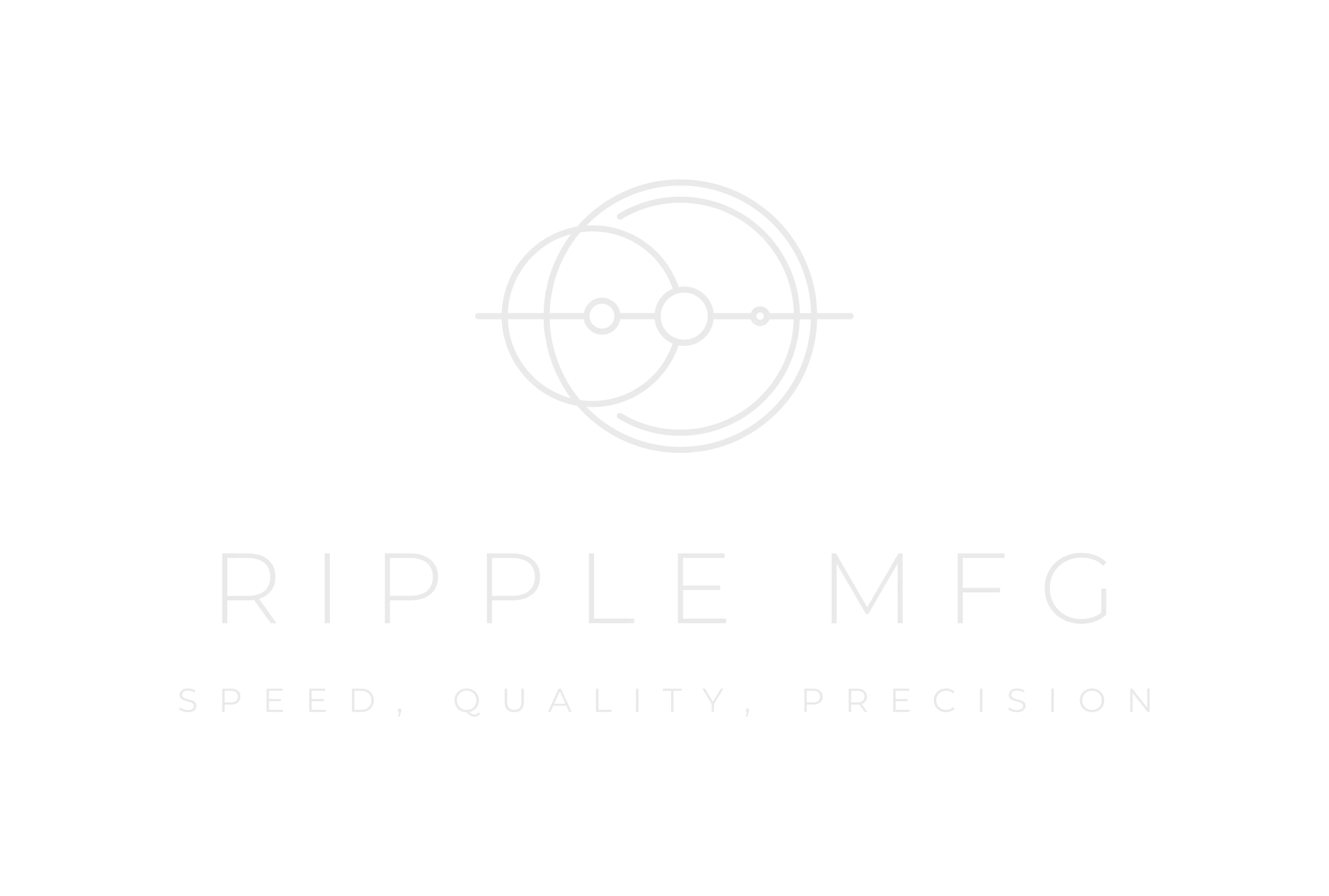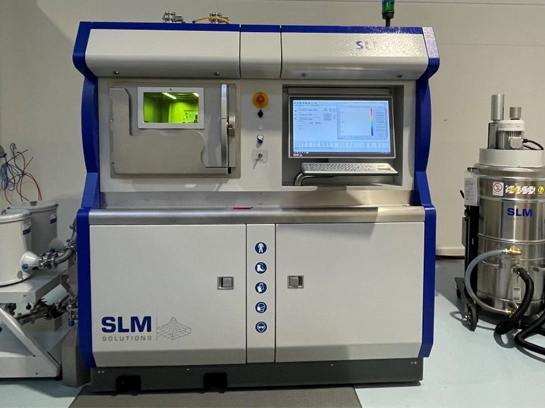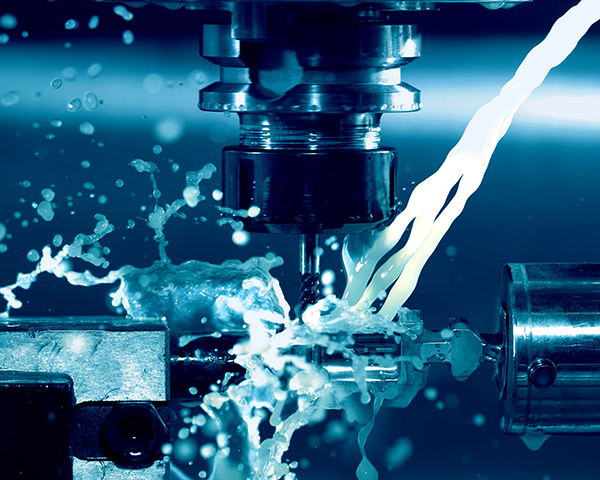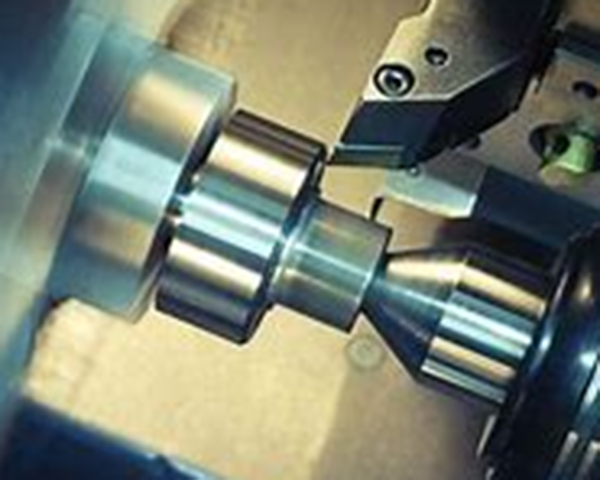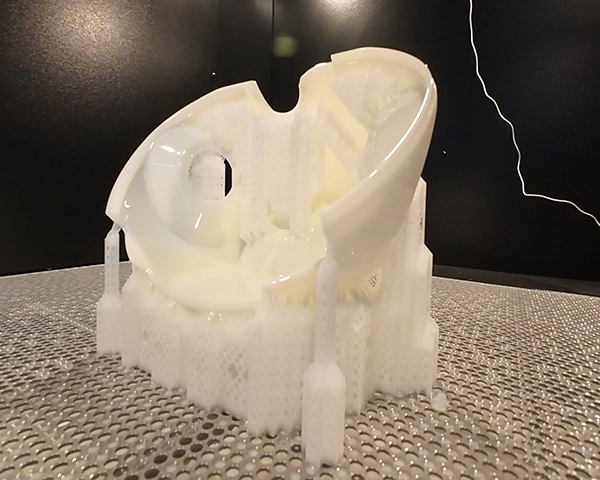Introduction to Injection Molding
Injection molding is also known as injection molding, which is a kind of injection and molding method. The advantages of injection molding method are fast production speed, high efficiency, automatic operation, variety of colors, simple to complex shapes, large to small sizes, accurate product sizes, easy to update products, and the ability to form complex shaped parts, injection molding is suitable for mass production and complex shaped products and other molding processing fields.
History Of Injection Molding
In 1868, Hyatt developed a plastic material that he named celluloid. CELULU had been invented by Alexander Parkes in 1851. Hyatt improved it so that it could be processed into finished shapes. Hyatt, together with his brother Isaiah, registered the patent for the first plunger injection machine in 1872. This machine was relatively simple compared to the machines used in the 20th century. It operated basically like a giant hypodermic needle. This giant needle (diffuser cartridge) injected plastic into the mold through a heated cylinder. World War II in the 1940s created a huge demand for inexpensive, mass-produced products. In 1946, American inventor James Watson Hendry built the first precision injection molding machine, which allowed for more precise control of injection speed and quality of the items produced. This machine also allowed materials to be mixed prior to injection so that colored or recycled plastics could be thoroughly mixed for injection into virgin material. 1951 saw the development of the first screw injection machine in the United States, which was not patented, and this device continues to be in use. In the 1970s, Hendry went on to develop the first gas-assisted injection molding process and allowed the production of complex, hollow products that cooled quickly. This greatly increased design flexibility as well as the strength and endpoint of manufactured parts while reducing production time, cost, weight and waste.
- Applications of Precise Tool and ManufacturingSeptember 14, 2024About Ripple MFG's Precision Toolings ServicesAccording to Ripple MFG's global service strategy, it is dedicated to providing precision plastic injection molding services including...view
- Knowledge Of Sheet Metal WorkingFebruary 27, 2023Introduction to Sheet Metal ProcessingSheet metal processing is a pivotal technology that sheet metal technical staff needs to grasp, and it is also an important process for forming sheet metal produc...view
- Automotive Evolution: Enhancing Vehicle Design with Urethane Casting ServicesJanuary 5, 2024The world of automotive design has continuously evolved to meet the demands of consumers seeking high-performance vehicles. In recent years, urethane casting services have emerged as a vital tool for ...view
- What Is Precision Injection Molding?December 23, 2024Precision injection molding refers to an injection molding method where the dimensional repeatability of the molded products is very high, making it difficult to achieve the required standards using g...view
- How Much Do You Know About The Process -- Vacuum CastingFebruary 27, 2023Why vacuum castingIn our daily life, we often apply to plastic products, in general products, the use of more thermoplastics, this plastic in industrial production, generally with thermoforming, can b...view
- Which Is Used for Machining Small Parts?July 22, 2023Small Part Machining: What is it?Small part machining is a process that involves removing material from a workpiece to create a smaller and more intricate part. Small parts are often used in a wide ra...view
